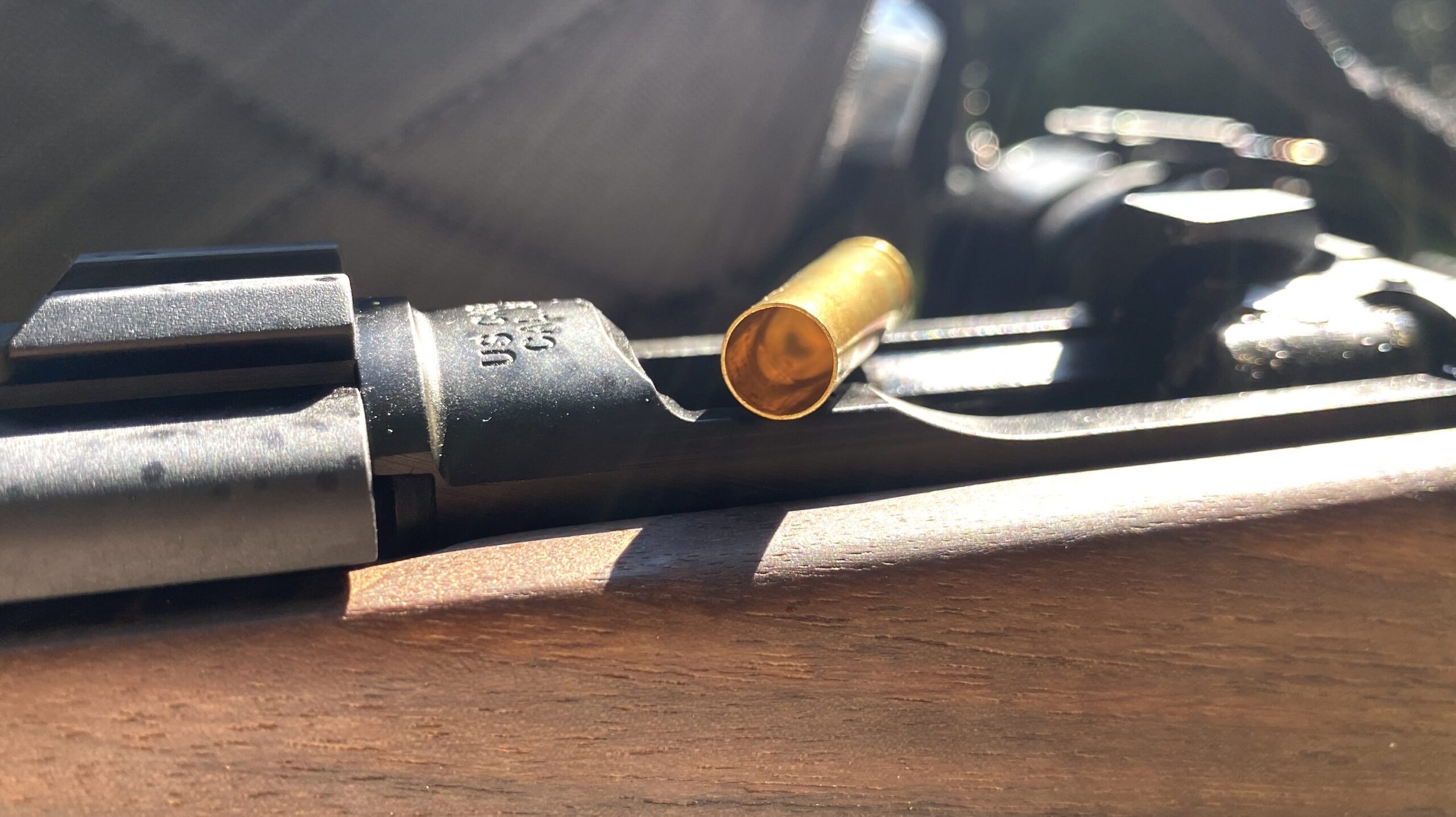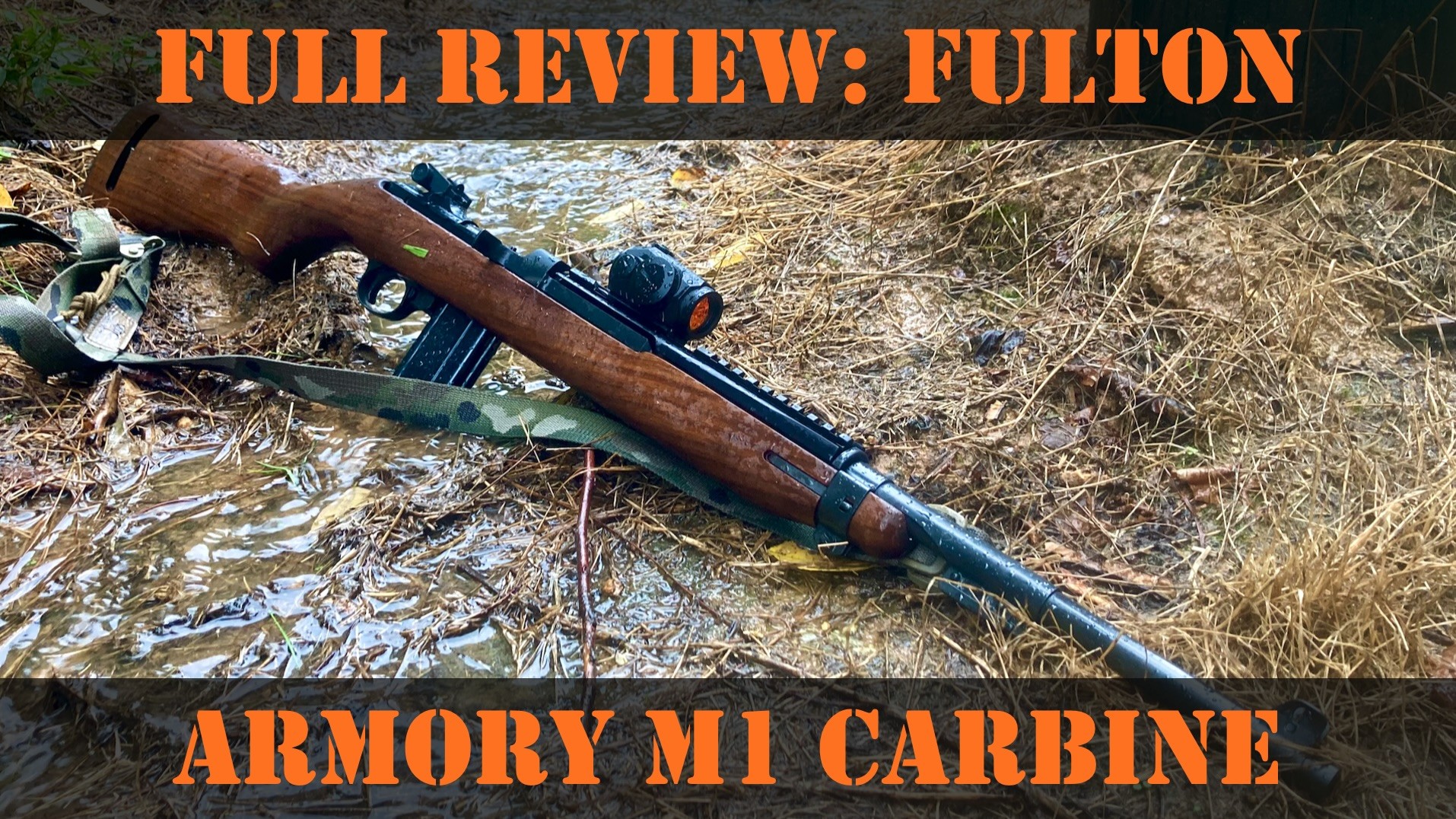We have already gone through several articles in our NPE Carry series. We’ve talked about a gun, some holsters, and have at least a few more articles to go in the series. But we haven’t discussed what a non-permissive environment is. So let’s take a look at that.
This article contains affiliate links. Please consider supporting Swift|Silent|Deadly using our Amazon affiliate link!
Disclaimer
This article discusses the use of the term “non-permissive environment” (NPE) and the concept of carrying firearms in non-permissive environments (NPE carry). Please note that I am not recommending or encouraging you to carry in places where it is illegal to do so. In fact I strongly recommend that you stay within the limits of the law. A criminal charge can have a massive impact on your ability to earn a living, protect your family, and maintain your very freedom.
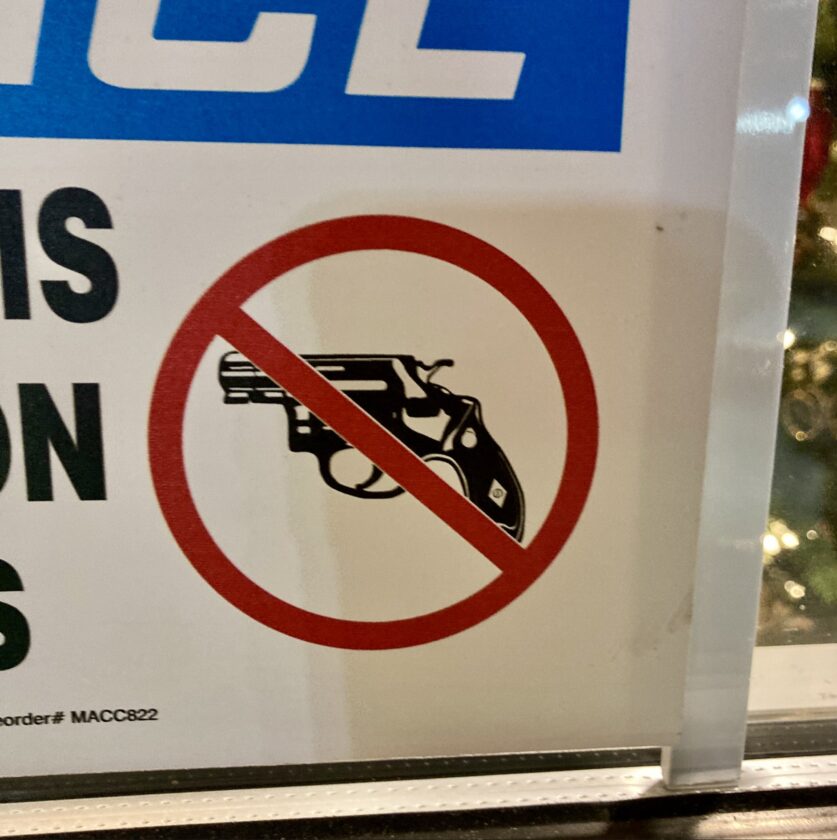
Bottom Line Up Front or TL;DR
Here’s the gist for those who don’t want to read the entire article. There are three types of operational environments: permissive, semi-permissive, and non-permissive. The gun community latched onto the term “non-permissive environment” but completely ignored the term “semi-permissive environment.” Much of what we consider non-permissive is probably better described as semi-permissive.
The difference is in the consequences of getting caught. There are no or very low consequences for carrying in a permissive environment. This is the environment that most of us live in all day, every day. Consequences for being caught in a semi-permissive environment are mild and/or short-term, such as being denied access to an entertainment venue or suffering some embarrassment. There are life-altering consequences in a non-permissive environment. These include loss of income, imprisonment, and inability to legally own a gun in the future.
NPE carry (and to some extent SPE carry) requires careful consideration and special tools, techniques, and procedures. Darryl Bolke calls these varying levels “covered, concealed, and undetectable.” See also: The Werner Test by Dr. Sherman House.
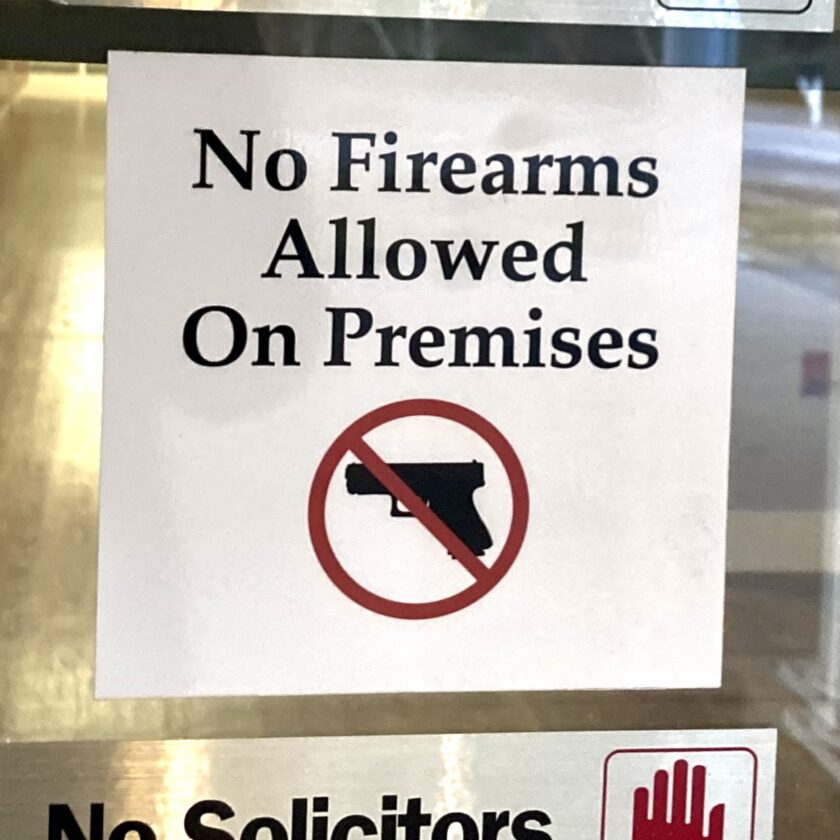
The full article below explains these ideas in much greater detail. For those of you interested in sticking with me, let’s dive in:
Levels of Permissiveness
Terms describing permissive, semi-permissive, and non-permissive environments have been around the military and intelligence community (IC) for a long time. I don’t know which, the military or the IC, originated these terms, but I first heard them in 2006 or so in a special reconnaissance course. More recently the term non-permissive environment has made its way into concealed carry space. Unfortunately, it failed to bring along the other two terms along with it.
The term “non-permissive environment” has been watered down so as to be almost meaningless. One forum poster described it as “anywhere that it is frowned upon to concealed carry a firearm, but is NOT illegal to do so.” So what does that make somewhere it is actually illegal – a “double NPE”? When a term can mean anything, it means nothing. This also means that every time we enter into a discussion of non-permissive environments, we have to define it anew.
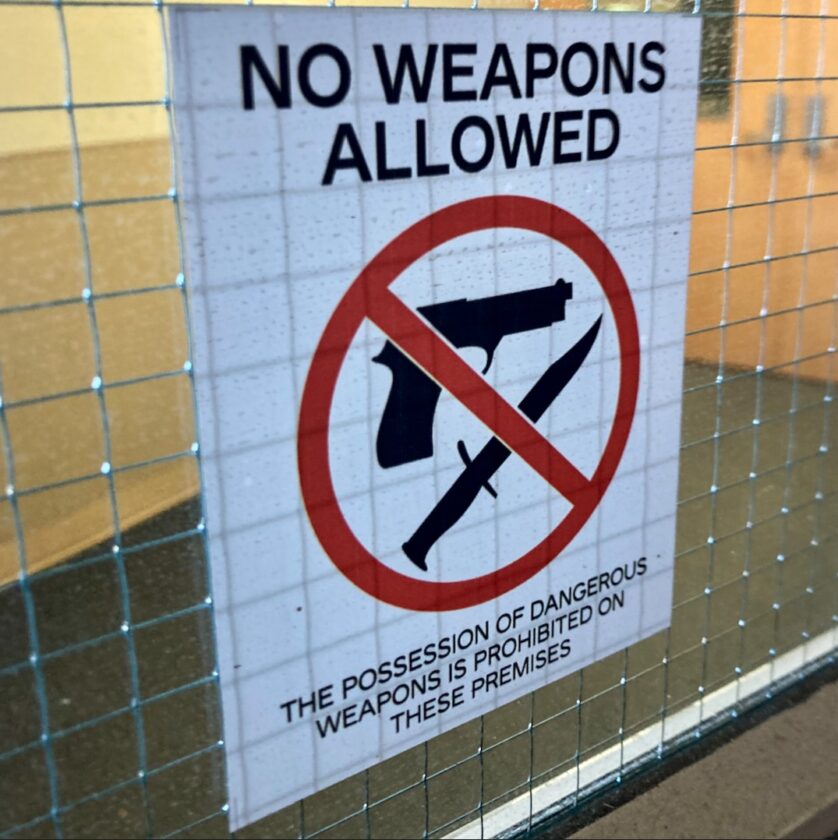
To really understand non-permissive environment carry, you also have to understand permissive and semi-permissive environments. Let’s take a look at these two terms. Keep in mind that there are no hard and fast definitions of these terms in the concealed carry arena. This is just my take and my apply some meaning to these terms, giving us greater accuracy when we talk about these topics.
In short, my definitions for permissive, semi-permissive, and non-permissive can be boiled down to “no stakes,” “low stakes,” and “high stakes.” Let’s look at the permissive environment first.
Permissive Environment
We are all familiar with the permissive environment. The definition is straightforward. This is where most of us spend most of our time, and this is the “no stakes” environment.
Permissive Environment: This is the environment that most of us operate in, most of the time, and is pretty straightforward. Definitionally, firearms are permitted. We are not breaking any rules, regulations, policies, or laws when we carry in these places. There are no or very low penalties for discovery of the firearm. Penalties for discover might be some very mild embarrassment or personal discomfort.
As such, we don’t have to go to extraordinary lengths to conceal a firearm. If the wind blows your jacket up, the cops are not likely to be called. If you reach for a top shelf at work and expose your gun, you aren’t going to lose your job. When you kneel to tie your shoe and the gun is printing clearly under your shirt, you aren’t risking your very freedom.
Again, in the permissive environment firearms are permitted. They are generally expected to be concealed, but slip-ups usually aren’t a big deal. Again, thankfully, this is where most of us live, most of the time. Most of us use Bolke’s “covered” level of concealment in these environs. Some don’t even bother with that and open carry.
The Missing Link: Semi-Permissive Environment
Fortunately, much of what we call non-permissive would probably be better described as semi-permissive. Lumping everything into the NPE category loses a lot of nuance, much like putting everything from a Glock 19 to a Ruger LCP into the “compact pistol” category loses nuance. I hope to introduce the term semi-permissive environment into wide(er) usage. I think it has potential to add a lot to the conversation.
For example, being asked to leave a sporting event (a semi-permissive environment) or suffering some personal embarrassment is not even in the same ballpark as risking a felony charge or loss of income. So why do we call them the same thing? Instead of arguing about degrees of NPE, maybe we add an intermediate step in the conversation: the so-called Semi Permissive Environment.
Semi-Permissive Environment (SPE)
This is the term that has been completely lost when adapting military terms to civilian usage. A semi-permissive environment has one or more of the following characteristics:
- Firearms prohibited by extra-legal policy ONLY: This is usually in the form of corporate policies that lack legal teeth. An example would be a retail store with a “no guns” sign, in a state where such signs do not carry the force of law.
- Consequences for discovery of firearm are mild or short-term: Unlike carry in an NPE, the consequences for being caught in an SPE are fairly painless, at least in the long term. You may be denied entry to a concert to sporting event, asked to leave a store, or suffer some mild social consequences. The police may be called by a population unfamiliar with firearms, but the police will not have standing to arrest you. If caught at work you may be reprimanded or advised to do a better job at concealment, switched to a different client or project, but you will not lose your job. Though embarrassing and inconvenient at the time, these consequences have no long-term impact. They are not life-altering, and do not impact your liberty, ability to earn a living, etc.
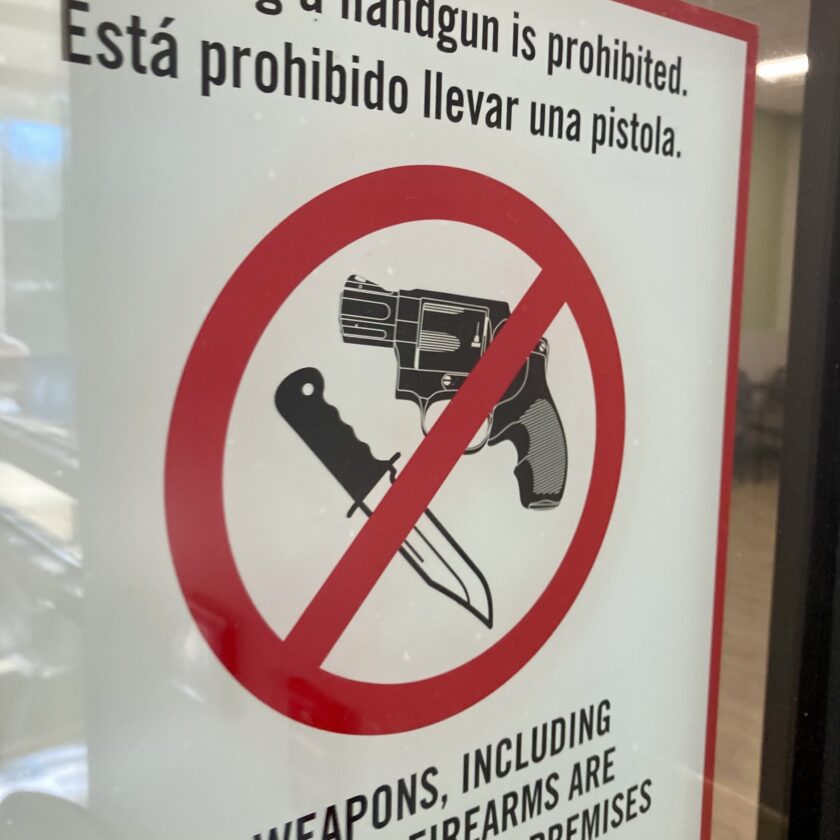
Again, this article does not purport to offer advice on when and where you should carry. The decision to carry in a semi-permissive environment is a personal one. However, some special tools and techniques may be called for to avoid discovery (Bolke’s “concealed” level). Now let’s get into what you’re really here for, the non-permissive environment.
Defining the Non-Permissive Environment (NPE)
The non-permissive environment is the “high stakes” environment. By my definition, the NPE has two major criteria:
1. Prohibition on the carriage of firearms.
Definitionally, firearms are forbidden in the non-permissive environment. Usually this prohibition is legal, such as carrying a gun without a permit in a state requiring a permit. Another example would be carrying into any government building, or any other place you are legally forbidden to do so. You may also be prohibited from carrying by corporate policy, on pain of job loss. In law enforcement, military, and intelligence contexts an environment may be non-permissive for other reasons, like preventing the subjects of your attention from realizing your affiliation.
2. Life-altering consequences for carriage of firearms.
These consequences rising above mere inconvenience or minor discomfort and are life-altering. This is where the rubber meets the road. Examples of consequences for carrying in an NPE include:
- Loss of Income: If you work at a company with a strong policy forbidding the carriage of firearms, you may be fired. You would then have to report being fired to future employers resulting in a long-term impact in your ability to early a living. Any licensures or certifications (like that of a nurse, for instance) may be jeopardized, possibly permanently.
- Loss of Future Ability to Carry a Firearm: Criminal charges can take away your ability to legally purchase, own, possess, or carry a gun. This would render all future carry “NPE carry.”
- Imprisonment: Going to jail/prison may be a consequence of carrying in an NPE. This also carries the penalty of loss of income because not only are you prevented from working while being imprisoned, a criminal record will impact your future employment prospects. Additionally you will be forced to live in close proximity to the criminals from which you desired to defend yourself in the first place.
- Death: though not applicable to most civilian concealed carry, this consequence is applicable to a few undercover LE, intel, and military types.
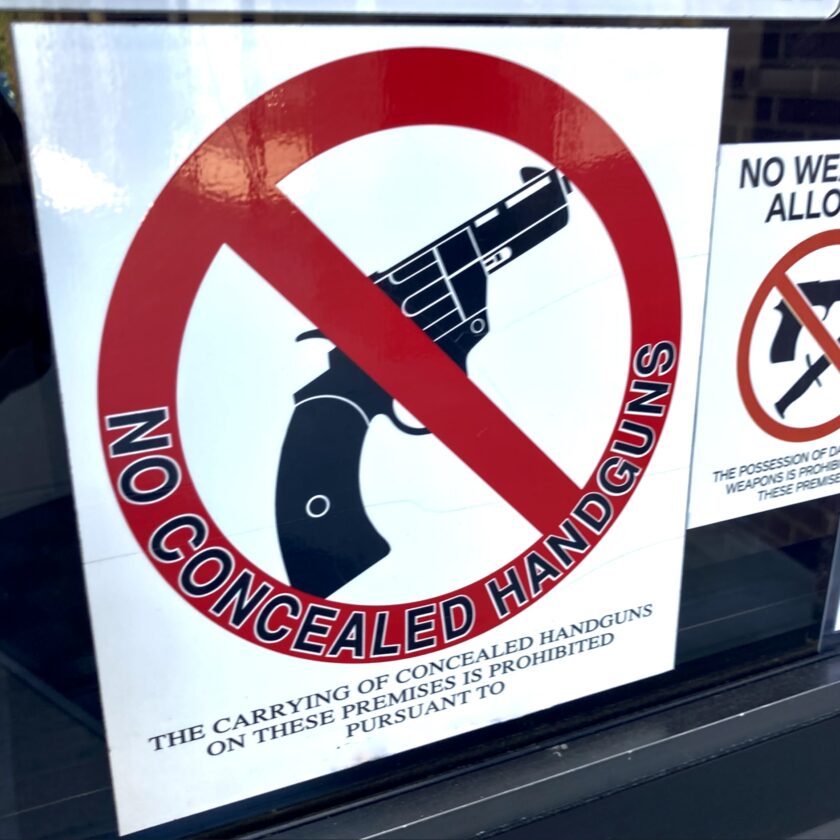
Further Refining The Non-Permissive Environment (NPE)
But that’s not all. There are some other characteristics that may (or may not) be present in a true NPE. These qualifiers impart even more weight onto the decision to carry and should be carefully considered.
- Active Detection Efforts: Someone may be looking for your firearm. This may be in the form of access control measures like metal detectors or pat-downs. It may also be in the form of specially trained security personnel (the proverbial Chicago cop) lo0king for telltale bulges and other signs of firearms.
- Point of No Return: a true NPE may have a “point of no return,” beyond which you are stuck with the gun for the rest of the day/shift/trip/operational period/etc. Once you are committed, you may not be able to run out to your car or ditch the gun in your locker.
- Physical Activity May be Required: If you make the decision to carry in a NPE, you have to function in that environment. If you are carrying at work, you have to work. Depending on your job, this may mean standing (public speaker) or sitting (taxi driver) for long periods, walking (mailman), crawling (home inspector), bending (nurse), squatting and kneeling (stocking shelves), being on a ladder (HVAC repair), or even lying down (mechanic on a creeper). The gun must not come “unconcealed,” (or even print) during any of these activities. It must also be comfortable enough to carry for the necessary duration.
I am incredibly gratified that I wrote all this BEFORE I saw an article called The Claude Werner Test on Sherman House’s Civilian Defender blog. The description there shares a lot of the same elements. As previously stated, I am not advising carry in a non-permissive environment. If you choose to, this is where Bolke’s “undetectable” level of carry is a necessity.
Should You Carry in a Non-Permissive Environment (NPE)?
I don’t recommend that you carry in a NPE. The penalties are potentially severe. Ultimately you are going to do what you determine to be in your best interest. If you do choose to carry in an NPE, these are some factors I believe you should consider:
1. Likelihood of Need for a Firearm
Many instructors will tell you, “it’s not the odds, it’s the stakes,” indicating you should carry “as much gun” as you can all the time. Grant Cunningham has a variation that I really like when he says it’s not the odds or the stakes, “it’s both.” Risking $200k salary to carry in a safe, white-collar office building in a very low-crime area? It might not be worth the risk. Risking $200k salary to carry at a huge, inner-city trauma center? It just might be worth it to you. Risking your $46,000/year, factory job…when you work at the only factory in town? The calculus gets a little trickier. Either way, that is a deeply personal decision that you and you alone can make.
2. Penalty for Getting Caught
The next thing you need to factor is, “what happens if I get caught?” Will you go to jail or prison (i.e. getting caught illegally carrying in NYC)? Might you lose your ability to own a firearm for the rest of your life (getting caught illegally carrying in Chicago)? Will you get fired and subsequently be unable to pay your mortgage, causing family instability that grossly impacts your children? I know your life is worth more than a sign on the wall, but feeding your kids is pretty important.
3. Likelihood of Getting Caught
Finally, dwell on the likelihood of discovery. Do you have to go through a metal detector? Are in frequent, close contact with others? Does your work put you in awkward and potentially compromising positions throughout the day? Are clothing changes necessary throughout the day? If so, do you change in a communal locker room? Do you have appropriate gun and gear to carry in your work attire (be it suit and tie, scrubs, khakis and polo, uniform, coveralls, etc.).
4. Cumulative Risk
The is also the concept of cumulative risk of discovery that you should not ignore. Carrying in an NPE on one, single day is one thing. Carrying every day, for months, is a completely different thing. If you plan to carry on one day due to some specified risk, you have a much lower risk profile than someone making the decision to carry every day for the foreseeable future. As you become more comfortable with the firearm you may become somewhat inattentive. Even if you remain attentive there is massively more opportunity for a co-worker, supervisor, customer, etc. to notice a tell-tale bulge, see the but of the gun in your pocket, notice you have a “phone” both in your pocket and in your hand. The longer you carry, the greater the risk becomes, so this should be part of your calculus.
Closing Thoughts
This article has discussed what an non-permissive environment (NPE) is and isn’t. Maybe more importantly, we’ve defined the term “permissive environment” and maybe introduced “semi-permissive environment. Hopefully this article has added something to the conversation around “NPE Carry.”
What this article has not purported to do is tell you it’s OK to carry in an NPE. The existence of this article doesn’t mean you should break the law or risk your job. If you choose to do so, that is your choice and your choice alone.
And we’ll leave it there. Thanks for reading! Stay tuned because there is certainly more NPE Carry content on the way!
Featured image courtesy ofhttps://a57.foxnews.com/static.foxnews.com/foxnews.com/content/uploads/2023/01/1440/810/CPD-1.jpg?ve=1&tl=1



